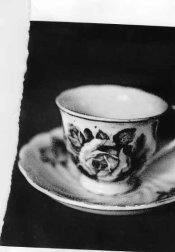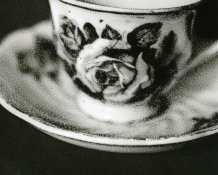Valerie
Subscriber
My dear APUG gurus,
Not sure what happened here....what's with these white spots?? Maybe it is something pretty simple (grain? never seen grain like that!), just not something I have ever seen before. :confused:
HP5+ developed in Pcat HD, 1:1:150 stand dev 45 minutes 70 degrees. (WATER instead of stop, so don't suggest that!)
2 rolls, developed separately, turned out the same way.
A roll of FP4 developed a few days earlier, in the same manner, turned out beautifully!
Be kind on this novice if its something basic!
Not sure what happened here....what's with these white spots?? Maybe it is something pretty simple (grain? never seen grain like that!), just not something I have ever seen before. :confused:
HP5+ developed in Pcat HD, 1:1:150 stand dev 45 minutes 70 degrees. (WATER instead of stop, so don't suggest that!)
2 rolls, developed separately, turned out the same way.
A roll of FP4 developed a few days earlier, in the same manner, turned out beautifully!
Be kind on this novice if its something basic!















